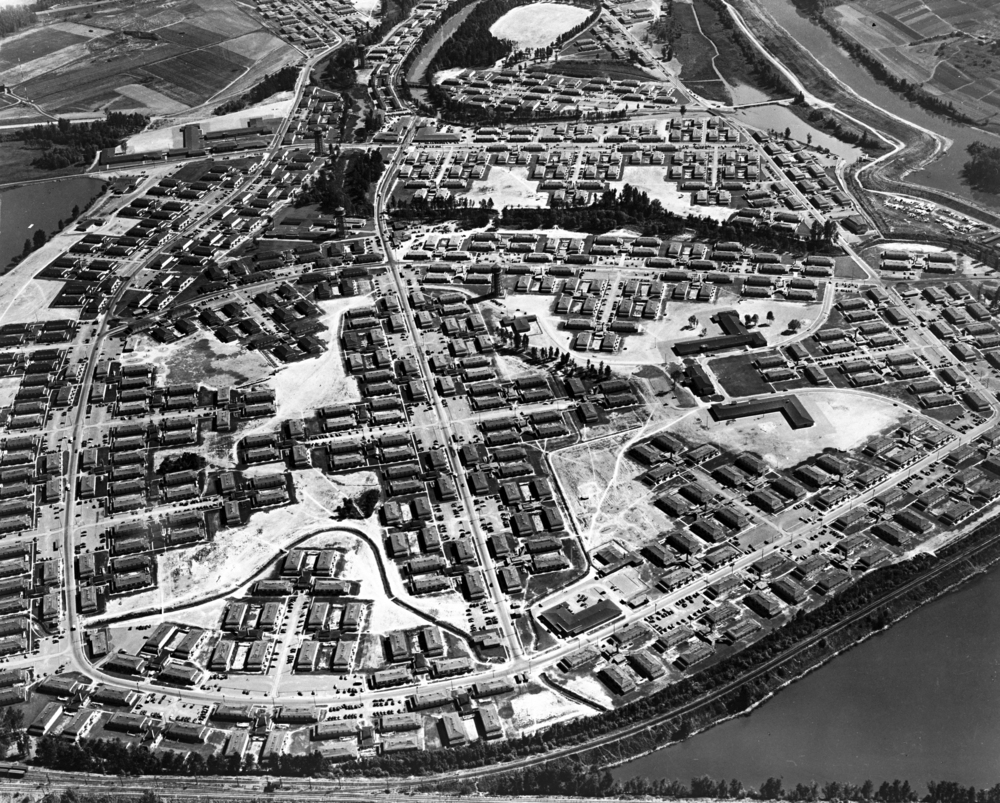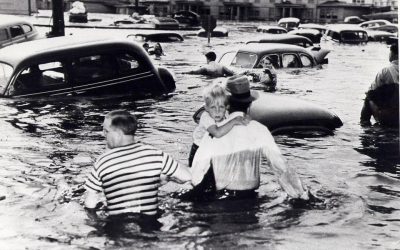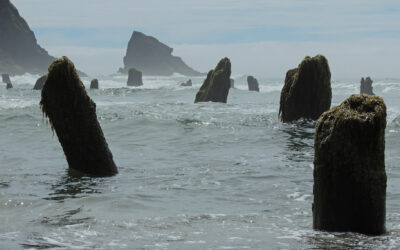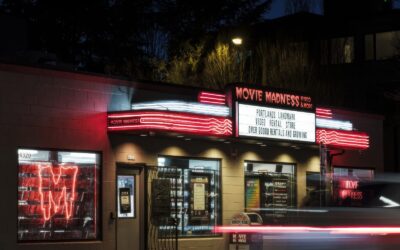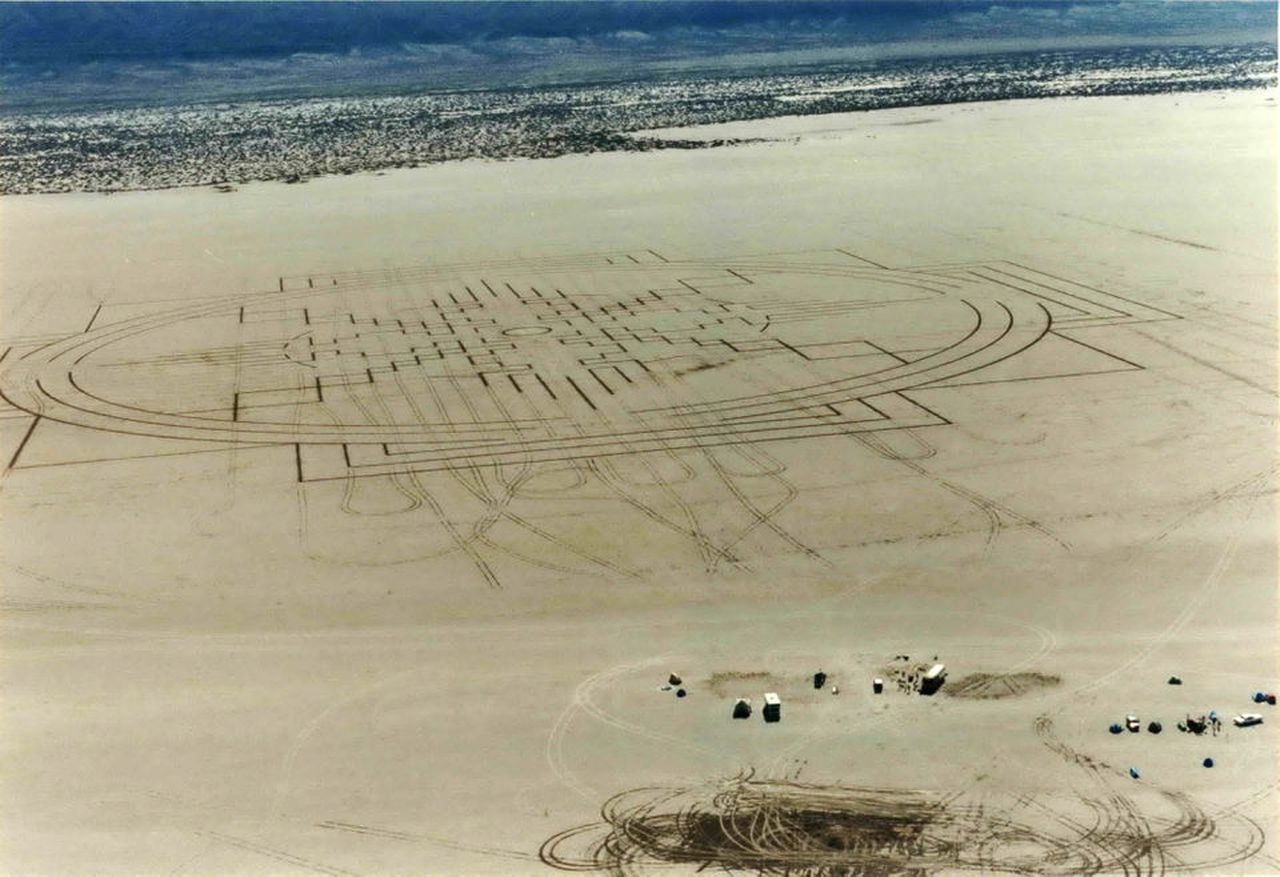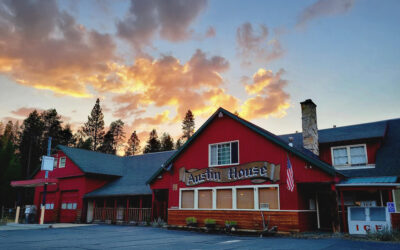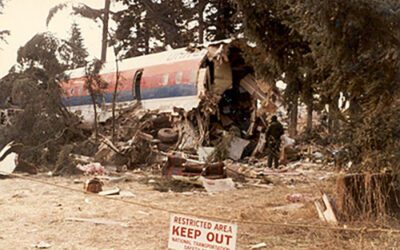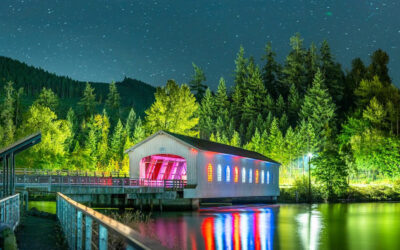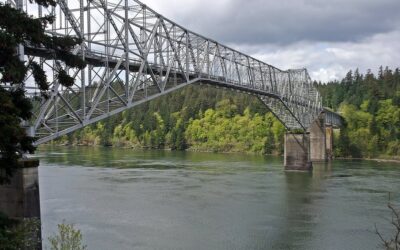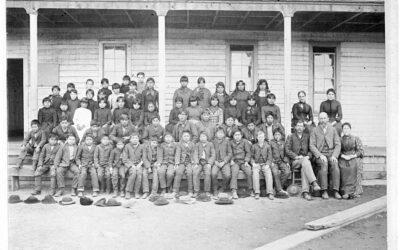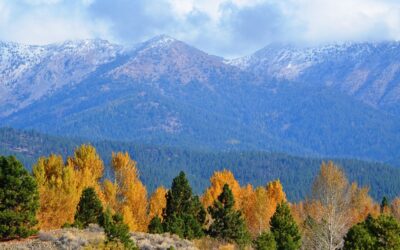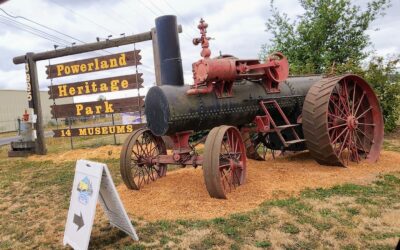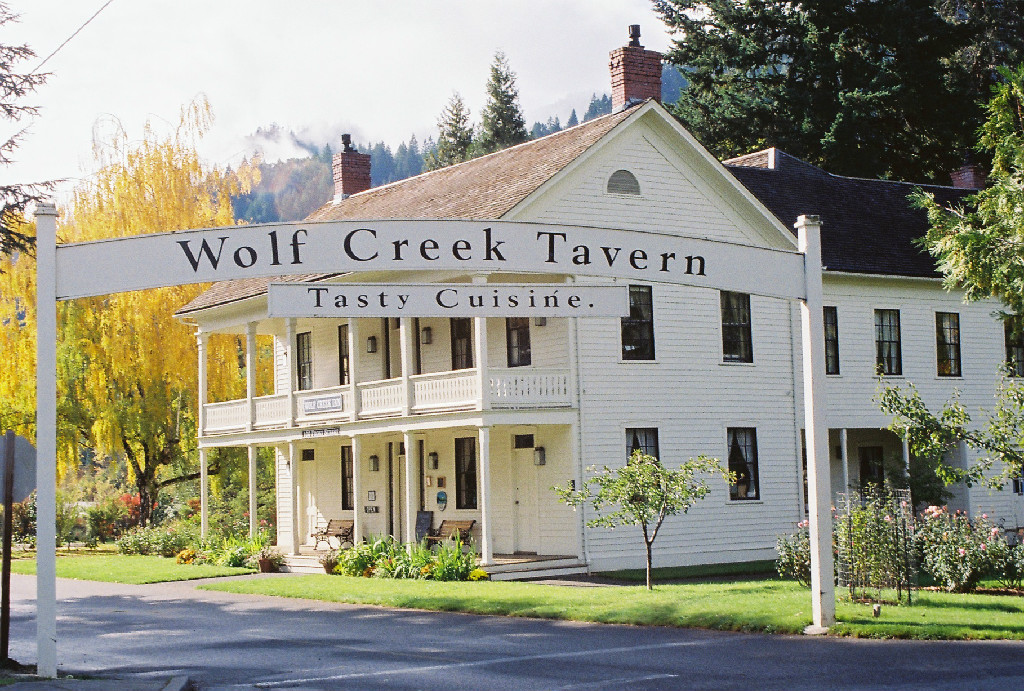If you're not familiar with the flood that literally wiped Oregon's 2nd largest city off the face of the Earth, you are in for an incredible story of the Vanport Flood. The town was known as Vanport, Oregon, and in 1948, around 18,500 people still lived in the city — that is until a catastrophic flood hit on a Sunday afternoon on Memorial Day and changed Oregon forever.
in 1942, the town was built in 110 days and was initially meant to be a temporary housing project. At its height, Vanport was home to 40,000 residents and the largest housing project in the United States.
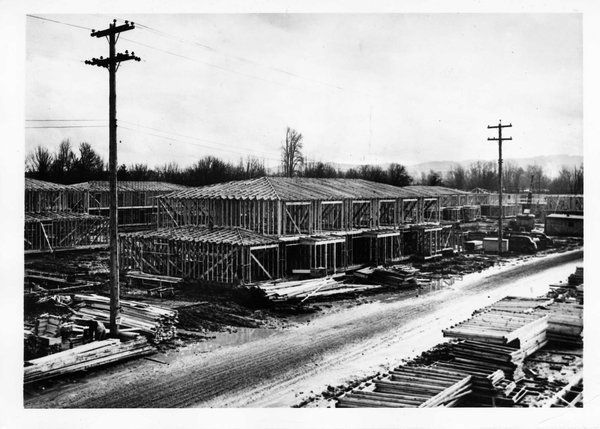
Vanport housing under construction, designed by George Wolff. Oregon Historical Society, Neg. 71106. (Oregon Historical Society)
The Portland-and-Vancouver area became a major shipbuilding hub during World War II. Henry J. Kaiser was a nationally known industrialist and was operating three major shipyards in the area. Kaiser had his eyes on Portland, where the newly opened Bonneville Dam offered factories plenty of cheap electricity. The shipbuilding operation was quite impressive at the time, as they were capable of producing ships 75 percent faster than other shipyards. Workers were building ships as quickly as they could for the war effort, but Portland was falling behind in providing housing. As Kaiser grew impatient, he built the largest single federal wartime housing project in the nation, with help from funds he acquired by the federal government.
Vanport City was never meant to be permanent — the quickly developed public housing lacked cement foundations, and the apartment buildings were very crowded. The housing was also segregated, with blacks in one part of town and whites in the other. The schools, however, were integrated and the first black teachers in Oregon taught here.
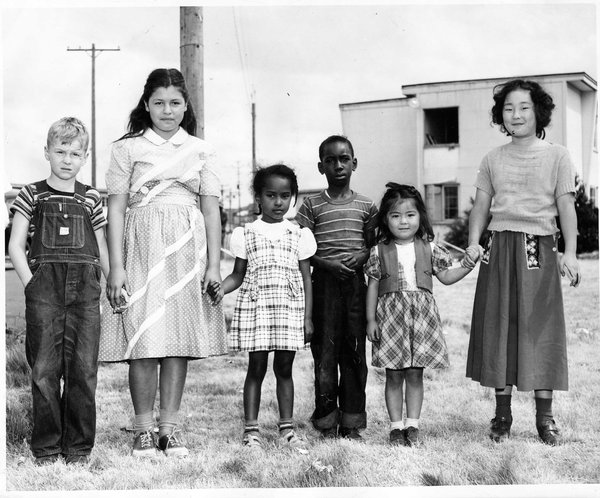
Red Cross refugee center. Oregon Historical Society, [Digital file no. ba018658]. (Oregon Historical Society)
Life in Vanport was rough. The town never slept and walls barely helped with the noise as they were very thin. Children were said to often be left unattended as both parents were hard at work. Vanport was also very muddy, due to the wet Northwest weather and the project's location.
The psychological effect of living on the bottom of a relatively small area, diked on all sides to a height of 15 to 25 feet, was vaguely disturbing," wrote Manly Maben in his 1987 book Vanport. "It was almost impossible to get a view of the horizon from anywhere in Vanport, at least on the ground or in the lower level apartments, and it was even difficult from upper levels."
As the war came to an end, the shipbuilders were laid off. Many of the workers — both black and white — who had migrated to the Northwest decided to stay. This presented a new problem for Portland, as discriminatory banking and real estate practices prevented African-Americans from buying or renting in most parts of the city.
In the spring of 1948, the mountains were hit hard with snowfall and sudden warm temperatures sent a torrent of water down the Columbia River. Vanport was in located in lowlands, and already known to be at risk of flooding. Residents were cautioned about possible floods in May 1948, as heavy rain falls fell. They were advised to move their valuables to upper floors of their homes. Little did they know just how damaging the flood would be.
By May 25, 1948, both the Columbia and Willamette Rivers reached 23 feet, eight feet above flood stage. With melting snowpacks and heavy rain, the Columbia River would well, and on May 30—Memorial Day, 1948, a large section of the dike holding back the Columbia collapsed. That morning residents woke up to a flyer from the HAP that read:
REMEMBER.
DIKES ARE SAFE AT PRESENT.
YOU WILL BE WARNED IF NECESSARY.
YOU WILL HAVE TIME TO LEAVE.
DON'T GET EXCITED.
Unfortunately, the dikes did not hold, and at 4:17 pm a hole was punched in a railroad dike that separated Vanport from Smith Lake, along the city's northwest edge. At just six feet initially, the small hole quickly expanded until water gushed through a 500-foot gap in the dike. Water quickly flooded into Vanport, and homes were swept away.
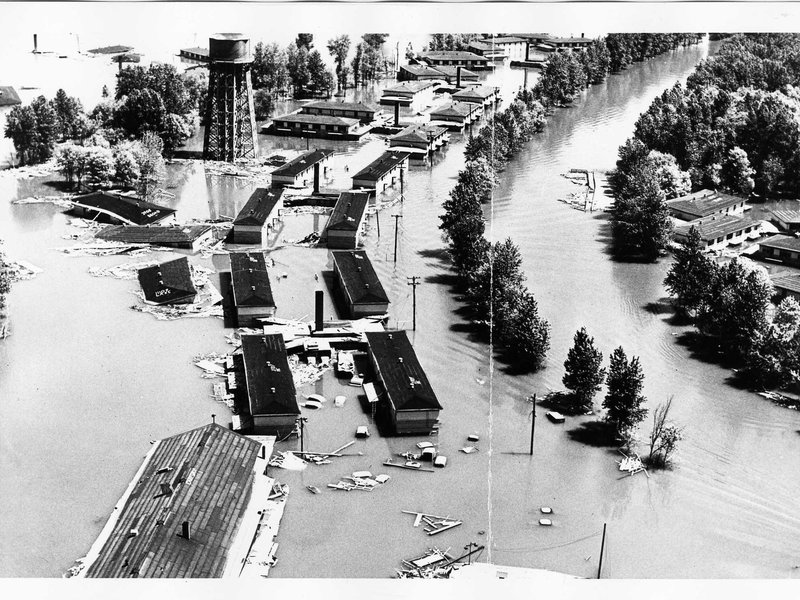
Aerial view of Vanport flood. Oregon Historical Society, Neg. 67585. (Oregon Historical Society)
The foundationless walls were of no help as Vanport City washed away in less than two hours. While rumors spread in the local press, estimating hundreds of deaths, the destruction of Vanport cost 15 people of their lives that day. Luckily for many, as it was Memorial Day, they were not in their homes at the time of the flood.
This is the story of Vanport, the 2nd largest town in Oregon at the time that suddenly disappeared and changed the face of Portland forever. OPB produced an excellent documentary on Vanport, which you can watch below for more.

